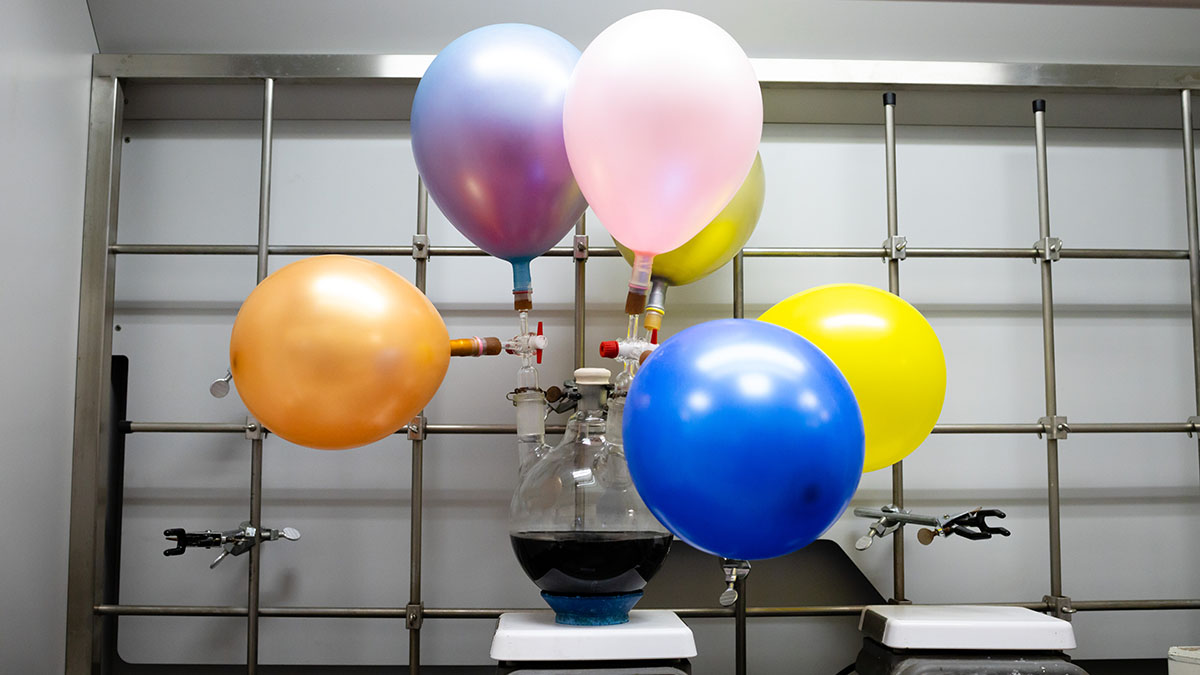Blue Star Helium begins Great Plains gas test

Test results could be a major catalyst for the company’s US ambitions. Pic: Getty Images
- Blue Star Helium begins commercial investigation of newly optioned US gas assets
- The company believes discovery wells can be quickly developed alongside its neighbouring flagship site
- US domestic supply remains precarious after 1996 selloff
Special Report: US focused helium and natural gas play Blue Star Helium has well testing underway to assess the commerciality of newly optioned assets in the Great Plains Field of Colorado.
Blue Star Helium (ASX:BNL) executed an option agreement to purchase the discovery wells late last year, and the company says these tests will be crucial in confirming its early assessment of strategically located assets.
The property’s wells have heady historical helium showings of 1.36% to 2.02% alongside raw gas flow rates of 5000 to 10,000Mcfd (thousand cubic feet a day).
Sitting about 100 miles north of BNL’s flagship, the company believes the discovery wells are open for recompletion. Being close to helium liquefaction at a nearby processing facility, they could be briskly developed.
Testing will first investigate the Ma State 16 and Bubba State 3 wells, measuring helium concentrations, flow rates, pressures, and downhole operations to prepare either the V11 or Keyes formations for testing.
Results will guide gas well type curves, estimate recoveries, and guide the development decisions which BNL believes could become a major catalyst for its ambitions in the Centennial State.
The company already plans initial production for the first half of this year from its Galactica/Pegasus field in Colorado, with domestic helium presenting as an increasingly strategic prize.
Domestic duties
Historically unrecognised and largely vented to the atmosphere, helium is only recently being considered as a primary exploration target with favourable economics and increasing demand.
The noble gas is essentially irreplaceable for cryogenics, is vital in manufacturing of MRIs and semiconductors, and has applications in many more technological sectors.
A 1996 decision by the US government to sell off nearly its entire stockpile created a temporary increase in supply and depressed prices, but domestic markets are now in a more precarious situation.
The US moved to mitigate a shortage by selling off a Texas stockpile it began collecting around a century ago last year, and while that was the largest, both Colorado and Wyoming are noted for smaller-scale operations.
Given liquid helium will evaporate if shipments take too long, sourcing either domestically or from Canada appears the easier option, with other large reserves in Qatar or Russia presenting their own quandaries.
That puts a premium on commercial domestic discoveries, especially in the context of the increasingly parochial approach to resource development of the new Trump Administration.
This article was developed in collaboration with Blue Star Helium, a Stockhead advertiser at the time of publishing.
This article does not constitute financial product advice. You should consider obtaining independent advice before making any financial decisions.
Related Topics

SUBSCRIBE
Get the latest breaking news and stocks straight to your inbox.
It's free. Unsubscribe whenever you want.
By proceeding, you confirm you understand that we handle personal information in accordance with our Privacy Policy.








